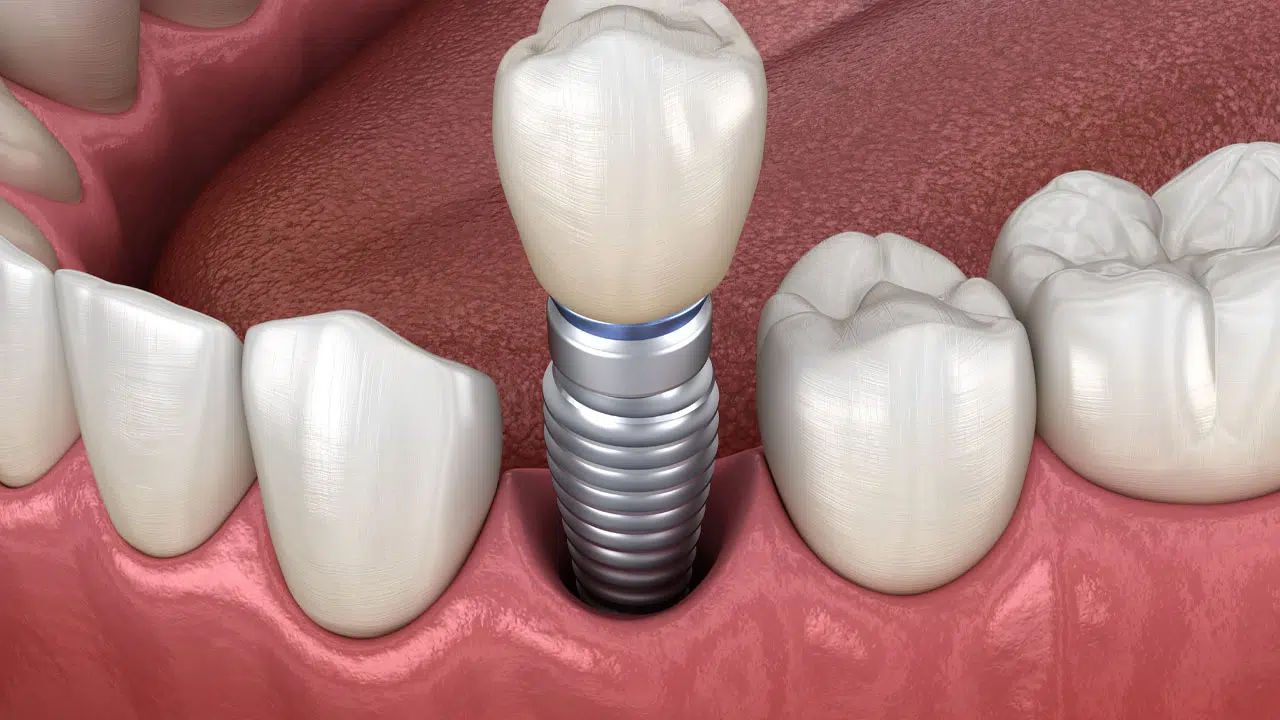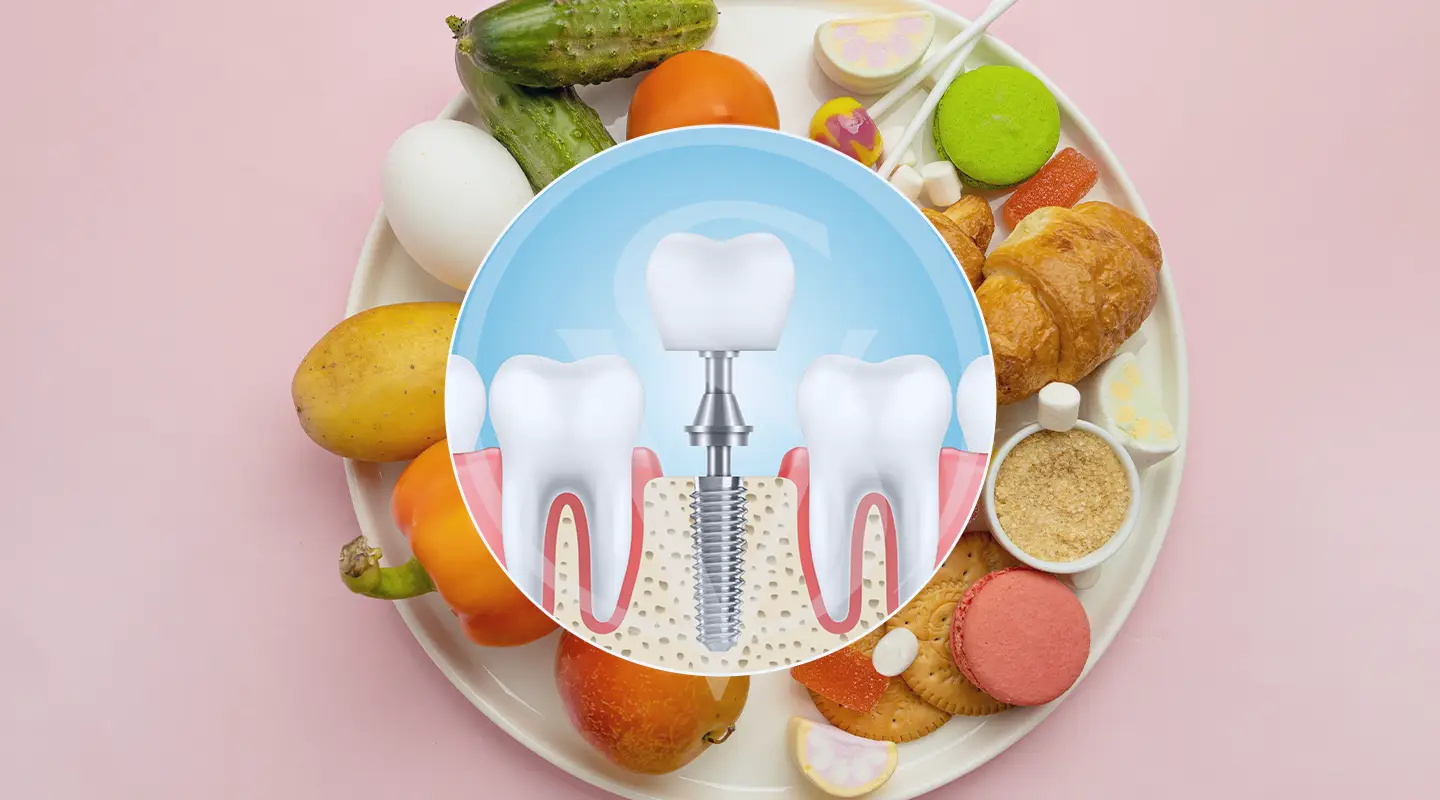Introduction to Common Issues with Dental Implants
Dental implants have revolutionized the way we replace missing teeth, offering a sturdy, natural-looking solution that can last for decades. As a dentist with over 15 years of experience at Hardik Dental Clinic, I’ve seen firsthand how transformative they can be. Patients walk in nervous about a gap in their smile and leave beaming with confidence. But let’s be real—nothing’s perfect. Even with a success rate hovering around 95%, dental implants can come with their share of hiccups. In 2025, as technology advances and more people opt for implants, understanding these common issues—and how to tackle them—is more important than ever. This guide isn’t about scaring you off; it’s about arming you with knowledge so you can enjoy your implant worry-free. So, let’s dive into the most frequent problems and how to overcome them.
Why Do Dental Implant Issues Happen?
Before we get into specifics, it’s worth understanding why issues crop up. Implants are essentially titanium posts surgically placed into your jawbone to act as tooth roots. They’re tough, but they’re not invincible. Problems can stem from the surgery itself, your body’s response, or how you care for them afterward. Poor bone quality, smoking, or even a dentist’s technique can play a role. I’ve had patients ask me, “Doc, why me?” and the truth is, it’s not always one thing—it’s a mix of factors. The good news? Most issues are manageable with the right approach. Let’s break down the big ones.
Common Issues with Dental Implants and How to Overcome Them
Here are five common problems patients face with dental implants in 2025, along with practical solutions based on my experience and current dental practices:
- Infection Around the Implant (Peri-Implantitis): This is the most common headache I see. It’s like gum disease’s evil cousin, creeping in around the implant site. You might notice swelling, redness, or even pus—yikes, right? It happens when bacteria build up, often due to poor oral hygiene or leftover food particles.
How to Overcome It: Prevention’s your best friend here. Brush twice a day, floss, and use an antiseptic mouthwash. I tell my patients to treat their implant like a natural tooth—give it love! If infection sets in, we can often save it with a deep cleaning or antibiotics. In severe cases, surgery to clean the area might be needed, but catching it early is key.
Learn More About Implant Care - Implant Failure or Loosening: Sometimes, the implant just doesn’t stick. It might wobble or feel loose, which is every patient’s nightmare. This can happen if the bone doesn’t fuse properly with the implant—a process called osseointegration—or if too much pressure’s applied too soon.
How to Overcome It: First, we assess bone health before surgery. If your jaw’s weak, a bone graft might be necessary—I’ve done plenty of these successfully. Post-surgery, follow the soft-food diet I prescribe for at least 6-8 weeks. If it fails, we remove it, let the site heal, and try again. Patience pays off here.
How Implants Fuse with Bone - Nerve or Tissue Damage: During surgery, there’s a slim chance of nicking a nerve or surrounding tissue, leading to numbness, tingling, or pain in your lip, chin, or gums. I’ve seen this scare patients, but it’s rare with proper planning.
How to Overcome It: We use 3D imaging in 2025 to map your jaw precisely—it’s like a GPS for surgery. If damage happens, it often heals on its own within weeks. Persistent issues might need a specialist, but I’ve only referred a handful of cases in my career. Trust your dentist’s expertise here. - Implant Misalignment or Poor Fit: Ever tried chewing and felt something’s off? If the crown on your implant doesn’t align with your bite, it can cause discomfort or even damage nearby teeth. This comes down to design or placement errors.
How to Overcome It: Digital tools like CAD/CAM help us craft perfect crowns. If it’s off, we adjust or replace it—no big deal. I had a patient last year whose crown felt odd; a quick tweak, and she was back to eating biryani happily. Precision’s everything. - Bone Loss Around the Implant: Over time, some patients lose bone near the implant, making it unstable. This can happen years later, often tied to peri-implantitis or natural bone changes.
How to Overcome It: Regular check-ups—every 6 months—let us catch this early with X-rays. Treatments range from bone regeneration techniques to replacing the implant if needed. I’ve helped patients rebuild bone with grafts; it’s a process, but it works.





Prevention: The Best Way to Overcome Issues
I can’t stress this enough: most implant troubles are avoidable. Good habits make a world of difference. Brush with a soft toothbrush, floss daily, and skip the cigarettes—smoking’s a killer for implants. Regular dental visits let us spot problems before they grow. I’ve seen patients breeze through years with zero issues just by sticking to this routine. It’s not rocket science; it’s diligence.
What to Do If You Face an Issue
If something feels wrong—pain, looseness, swelling—don’t wait. Call your dentist ASAP. I’ve had patients sit on discomfort for weeks, and it only makes things harder. We’ll take X-rays, maybe a scan, and figure it out together. Most fixes are straightforward if caught early. Trust me, you’re not bothering us—we’d rather fix a small problem than a big one.
The Future of Implant Troubleshooting in 2025
Looking ahead, 2025 is exciting for implants. We’re seeing smarter diagnostics—AI tools that predict risks before surgery. Materials are evolving too; some brands are testing coatings to fight bacteria better. I think we’ll see fewer issues as tech improves, but the basics—care and check-ups—will always matter. It’s a blend of innovation and old-school responsibility.
Conclusion: Mastering Your Implant Journey
Dental implants are a fantastic fix, but they’re not foolproof. Infections, failures, or fit issues can pop up, yet they’re rarely the end of the road. With the right care and quick action, you can overcome them and keep that smile shining. My years at Hardik Dental Clinic have taught me that knowledge is power—know the risks, know the fixes, and you’re golden. Here’s to a trouble-free implant experience in 2025 and beyond!
“An implant’s success isn’t just in the surgery—it’s in the care you give it every day.”
Frequently Asked Questions
Peri-implantitis, an infection around the implant, tops the list due to poor hygiene or bacteria buildup.
Yes, often by removing it, healing the site, and retrying after a bone graft if needed.
Brush, floss, avoid smoking, and see your dentist every 6 months for check-ups.
Usually not—it often heals in weeks, but rare cases may need specialist care.
It varies—minor fixes might take days, while major ones like grafts can take months.




